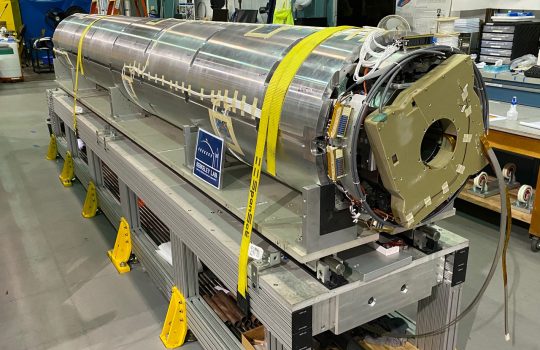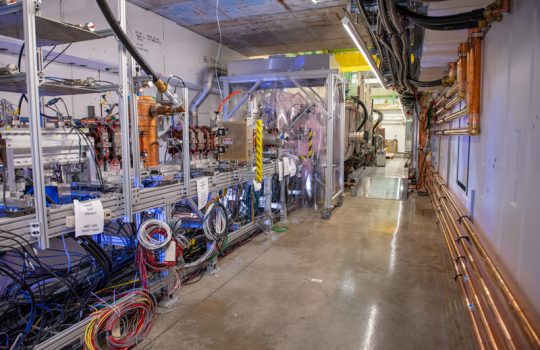High energy cosmic messengers observed in the laboratory for the first time
From Forbes, June 1, 2021: Fermilab’s Don Lincoln explains how researchers use observations of high energy particles to better understand rare astronomical phenomena such as black holes, supernovae, colliding stars, and other cosmic calamities.


